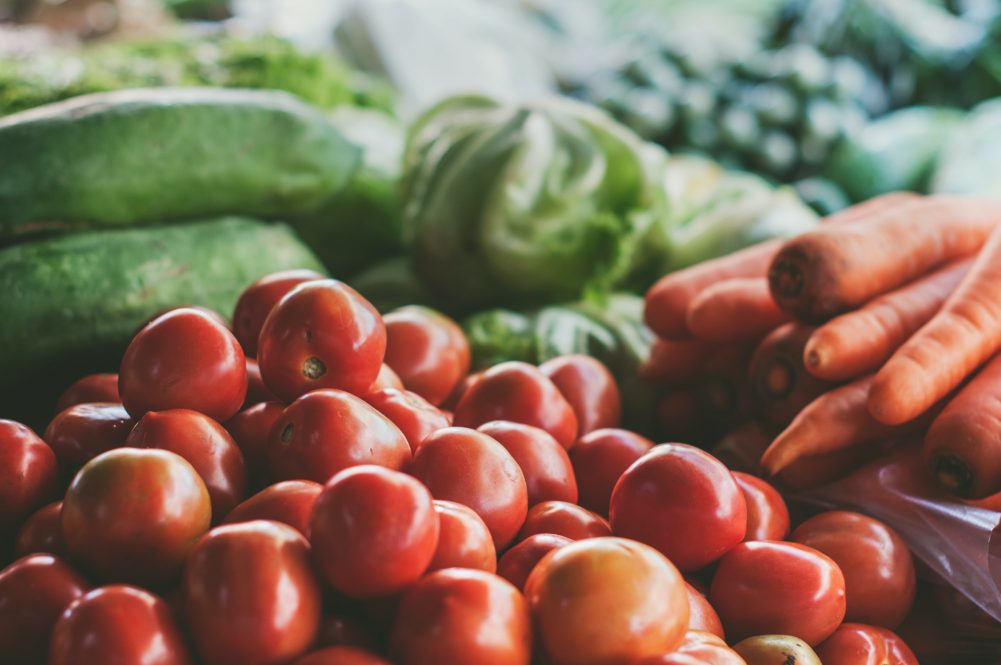Eighty-five percent of food pantry clients say that fresh fruits and vegetables are important to have at every visit, but only 51% of clients say they are actually available each time, according to a recent study from researchers at the UConn Rudd Center for Food Policy and Obesity.
Many food pantry clients have diet-related health conditions, making it particularly important to ensure that the foods available at pantries provide adequate nutrition. Despite an emerging understanding of this need, it is still difficult for pantries to obtain the data necessary to grasp the true wants and characteristics of their clients.
“Large-scale data on characteristics of pantry clients are rare, but important,” says Caitlin Caspi, lead author of the study and Director of Food Security Initiatives at the UConn Rudd Center. “Hunger relief organizations can really tap into this data to inform policy and practice to not only make sure that the food available is what clients want, but it’s also available in the way that they want it.”
Using a statewide survey of over 200 food pantries in Minnesota, including over 4,000 pantry clients in 2017 and 2019, researchers assessed the categories of food clients most wanted at their visit, how often they used food pantries, the prevalence of chronic disease, food insecurity, and demographics.
Key findings include:
- Most clients had been visiting food pantries once a month or more for at least one year, and they received at least half of their total food from the pantry.
- 93% of participants wanted more fruits and vegetables for their family, with nearly the same percentage reporting they knew how to prepare them.
- 2/3 of participants reported that they or a household member had been told that they had 1 or more of 5 chronic health conditions included in the survey.
- The most important factor for clients was being able to choose their own food.
Study authors say these data from Minnesota suggest that food pantries contribute a substantial amount of food to client diets. But, there is still work work to be done to reliably offer the healthy, staple foods that clients are requesting. “Imagine visiting a grocery store where fresh fruits and vegetables or milk was only available about half the time. Better sourcing of these foods has the potential to positively affect client diet quality and food security,” says Caspi.
The pandemic has also altered the food pantry experience for many. “During the pandemic, many food pantries had to switch to offering pre-packed bags for clients for safety. However, clients place a very high value on being able to choose their own food, and this should be considered as pantries think about how they will operate post-pandemic.”



